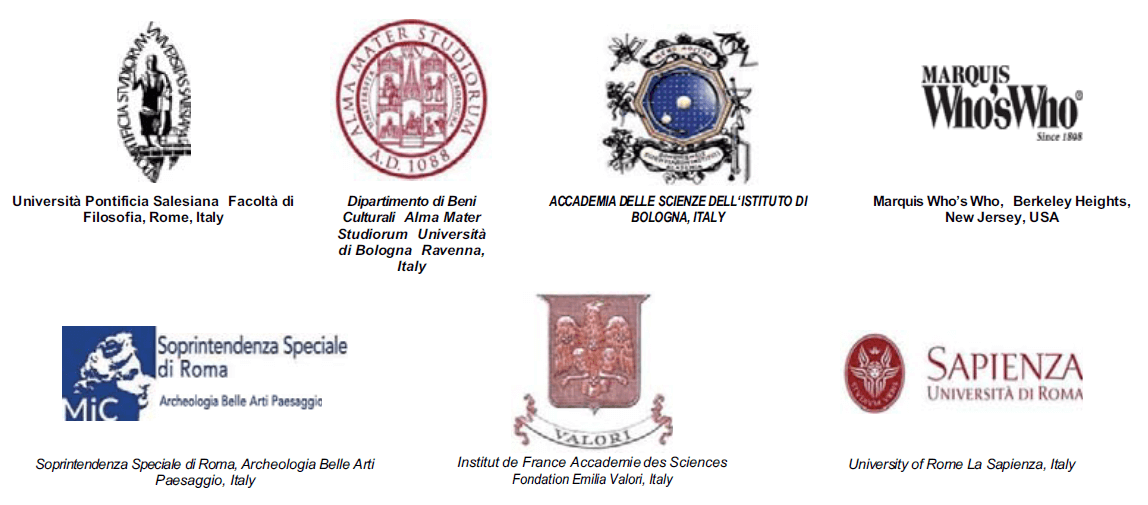The rupestrian church of San Pietro da Morrone (Matera, Italy): insights and photogrammetric-based characterisation
DOI:
https://doi.org/10.48255/1973-9494.JCSCH.21.2021.12Keywords:
rupestrian architecture, photogrammetry, geometrical characterisation, three-dimensional modellingAbstract
Rupestrian cultural assets are remarkable examples of human occupation of the territory. As for any other cultural asset, the characterisation of rupestrian buildings is critical for their conservation and protection. However, there are a number of difficulties and challenges that are inherent in the physical singularities of these architectonic constructions, namely related to their geometrical irregularities. It is therefore important to use an appropriate approach to describe the geometry of these assets by overcoming some limitations that conventional measurement and surveying approaches have. The production of digital three-dimensional models is consequently a very useful and promising approach in this context. For most cultural assets and in particular geometrically complex objects, the approach is useful in reconstructing geometrical inner or exterior surfaces by means of photographic information. Photogrammetry is a technique used to acquire valuable and accurate three-dimensional information, which generates reliable models that also include integrated works, such as paintings or sculptures. The present work explores the suitability of this approach in the context of a remarkable case of rupestrian architecture, that of the church of San Pietro da Morrone. The building, located in the historical city of Matera (Italy), witnessed a series of transformations and varied uses, before it was abandoned in the middle of the 20th century. The experimental survey of this building provides a first insight into its geometry and a point of reference for discussing the implementation of a photogrammetric approach, its advantages, limitations and possibilities.
Downloads
Published
How to Cite
Issue
Section
License
Copyright (c) 2021 Rafael Ramírez Eudave, Michele D’Amato, Giuseppe Andrisani

This work is licensed under a Creative Commons Attribution 3.0 Unported License.





